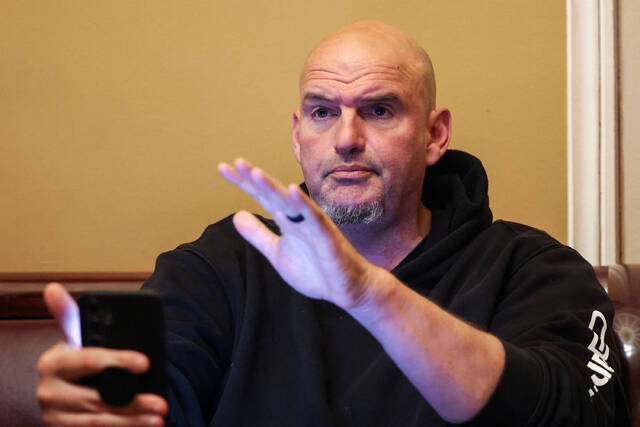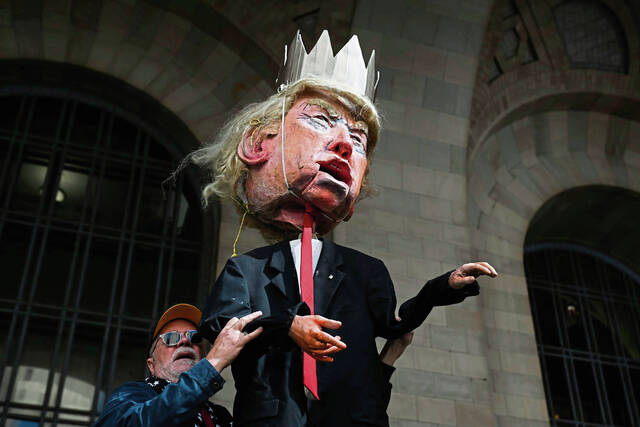Be prepared for bloody scenes to come in the Gaza Strip, as Israeli forces ready for a land invasion and as Hamas readies to mercilessly exploit hostages. It will be ugly.
A tragedy of Hamas’ rule of the Gaza Strip isn’t merely what you’ve seen on TV this October. Since Gazans elected Hamas to rule them in January 2006, this densely populated territory (only 140 square miles, 25 miles long, holding over 2 million people) has been a land of big missed opportunity for its many people.
Here’s some background on how this happened:
The whole world was stunned when Gaza’s Palestinians in January 2006 democratically elected a terrorist organization to govern them. Hamas is an acronym for Harakat al-Muqawama al-Islamiya, which translates into Islamic Resistance Movement. Hamas exploded onto the scene with a suicide bombing in April 1993 in protest of PLO leader Yasser Arafat negotiating peace with Israeli Prime Minister Yitzhak Rabin.
Gazans’ election of Hamas not only shocked Israelis, Americans and Europeans, but many Palestinians, especially those in the West Bank. The Palestinian state is composed of two territories: the Gaza Strip on the Mediterranean and the West Bank on the Jordan River. The state had been governed by Mahmoud Abbas after the death of Arafat in November 2004. Abbas’ and Arafat’s political party is called Fatah. Fatah and Hamas do not get along. They immediately went into open conflict after Gazans elected Hamas in January 2006.
Ever since, Fatah has governed the West Bank, while Hamas has governed Gaza. This means that not only has Hamas reigned in Gaza, but deadly chaos, as well. Worse, whereas Abbas-Fatah and the West Bank do not support Hamas in Gaza, guess who does? Iran and its Hezbollah party. That reality has made Gaza even worse off.
That brings me back to my point on missed opportunity. Consider what Gaza could be with the right leadership:
With its splendid position of vast beachfront on the Mediterranean, Gaza could become a thriving port of tremendous commerce. Look at a map and see where the Gaza Strip sits. It isn’t landlocked like the West Bank. It is beautifully perched. Many people would give anything for land like that.
One is reminded of Hong Kong, which (like Gaza) has a very large population within a very limited territory. A colony as recently as 1997, Hong Kong in the 1970s launched major free-market reforms. It became the world’s freest economy, with a per capita GDP approaching $50,000, even as China threatens it. Its record of prosperity puts the Gaza Strip to shame.
If you do some Googling on the dismal economy of the Gaza Strip, you’ll find lots of blame cast at Israel for a blockade (along with Egypt) going back 15 years. Without doing a deep dive on Israel’s impact, let me just add this: No one argues that Hamas has done any great good for the Gaza economy. Hamas is about the destruction of Israel, not the promotion of free markets.
What Gazans need is normalcy. They need to be ruled by men less interested in killing Israelis and more interested in promoting prosperity.
Israel’s ground war in Gaza will be followed by regime change. It will entail an Israeli occupation for some time. Hamas will be ousted. If only the people of Gaza could get something better.








